You are here
Back to topVietnam To Release New National Durian Standard
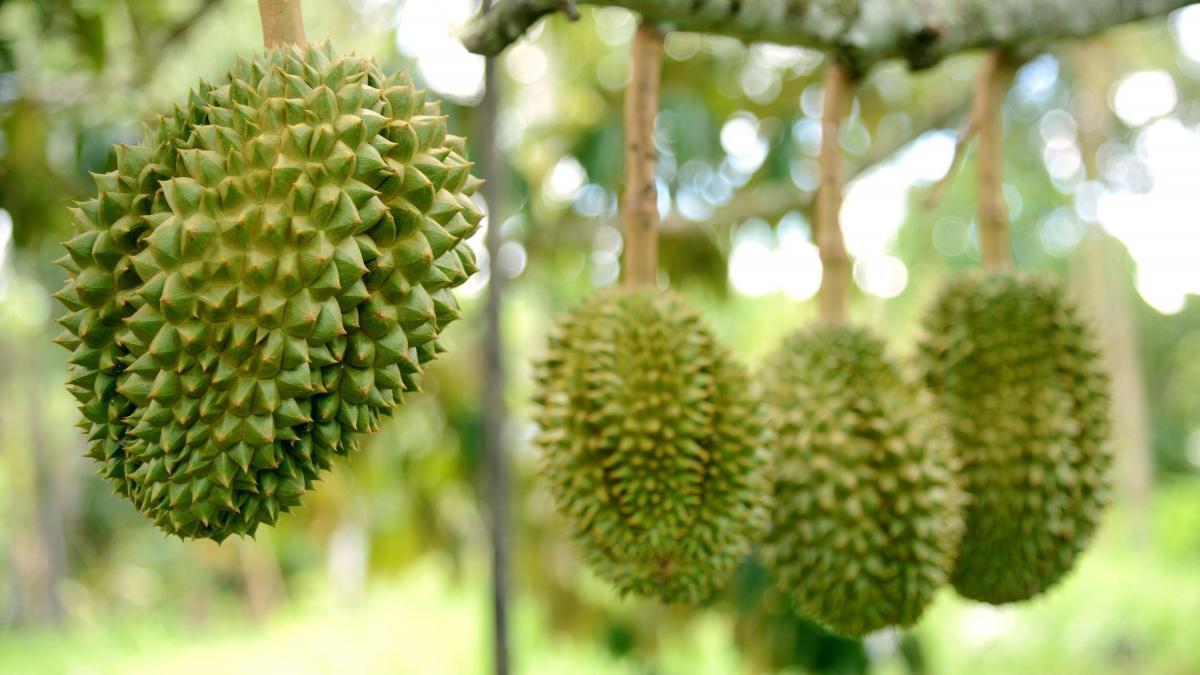
According to Vietnamese media reports, the country’s Ministry of Agriculture and Rural Development, together with the Ministry of Natural Resources and Environment, is currently seeking public feedback on a draft national standard for fresh durians. Once finalized, the standard will be submitted to the Ministry of Science and Technology for official issuance.
The standard covers both local Vietnamese varieties, such as Ri6, and imported varieties like Dona from Thailand. It will apply to fresh durians intended for both export and domestic consumption.
The standard sets detailed quality requirements for durians: fruits must be free from pests and diseases that affect their appearance and must not be rotten or damaged to the extent that they are unfit for consumption. The flesh must also be free from abnormalities such as underdeveloped seeds, burnt cores, or overly soft and watery textures. In cases where defects are present, the affected portion must not exceed 5% of the edible part.
In addition to quality specifications, the standard also outlines specific harvesting timelines. Fruits must reach an appropriate stage of maturity based on their variety, season and growing region, with the harvest time determined according to the flowering date and cultivar type.
Specifically, Ri6 durians grown in the Mekong Delta and southeastern regions should be harvested 85–100 days after flowering, while those in the Central Highlands and south-central coastal regions should be harvested 100–120 days after flowering. For Dona durians, the recommended harvest window is 110–130 days after flowering in the Mekong Delta and southeastern regions and 125–135 days in the Central Highlands and south-central coastal regions.
The dry matter content of Ri6 durians must be no less than 32.29%, while that of Dona durians must be at least 32.22%. The total soluble solids must be at least 16.04% for Ri6 and at least 16.07% for Dona.
In terms of food safety, Vietnamese durians must comply with both domestic and export market regulations — particularly those of China — regarding maximum residue limits for pesticides. They must also meet current domestic and international standards for maximum levels of heavy metals such as lead, cadmium, mercury and arsenic. The standard also outlines detailed requirements for fruit size, grading, packaging, labeling, testing methods and sampling procedures.
Vietnam’s durian exports are now gradually recovering from a challenging period. Durians from the Central Highlands and southeastern regions have relatively low levels of cadmium contamination, which helps a greater proportion of the crop meet export standards. Meanwhile, enterprises are proactively inspecting fruit quality in orchards and rigorously managing their procurement and packaging processes. Additionally, supply disruptions in some of Thailand’s durian-producing regions have increased demand for Vietnamese durians on the Thai market.
After a decline in the first four months of 2025, Vietnam’s durian exports began to recover in May, reaching a value of $204 million. The upward trend continued in June, with exports surpassing $300 million. July exports are expected to range between $350 million and $400 million.
Image: iStock
This article was based on a Chinese article. Read the original article.




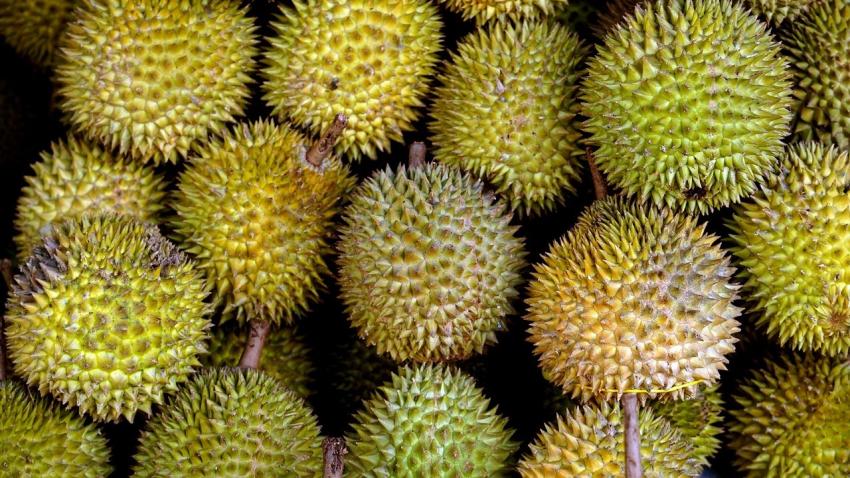
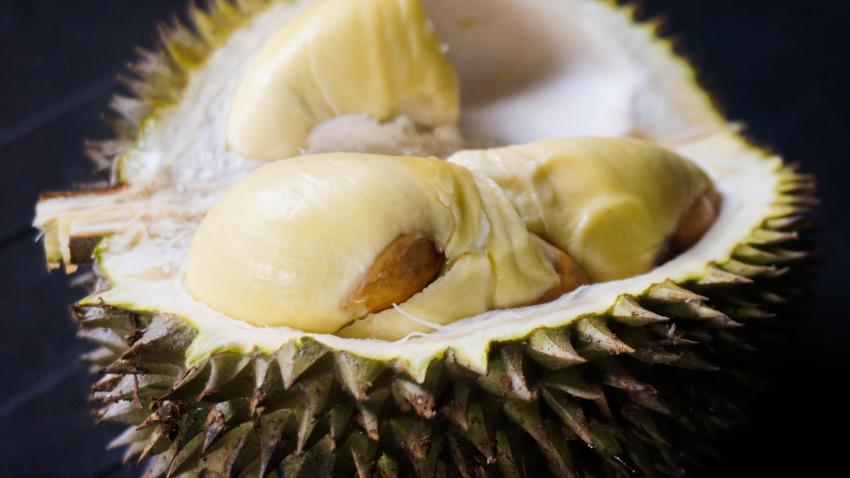


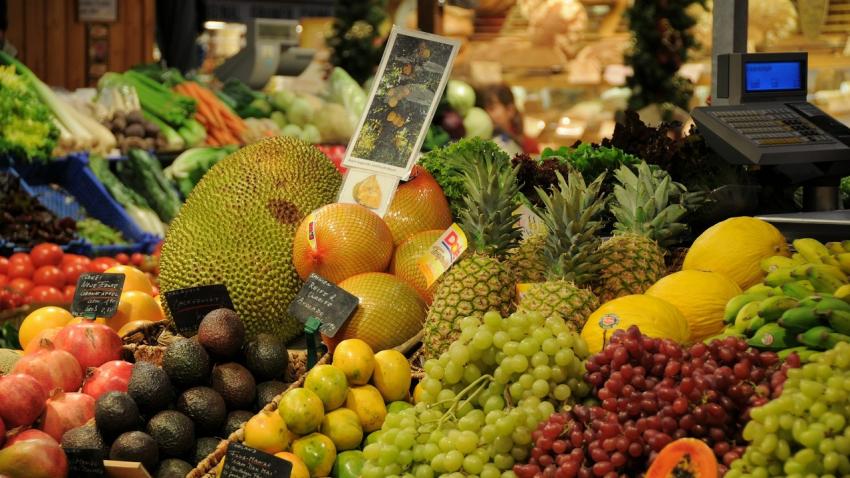
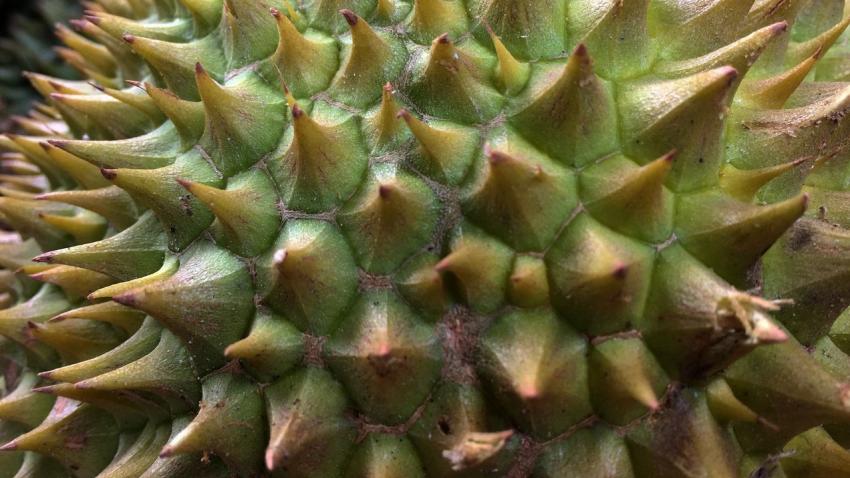



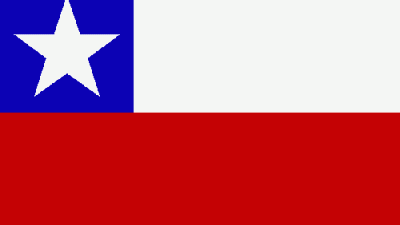

Add new comment